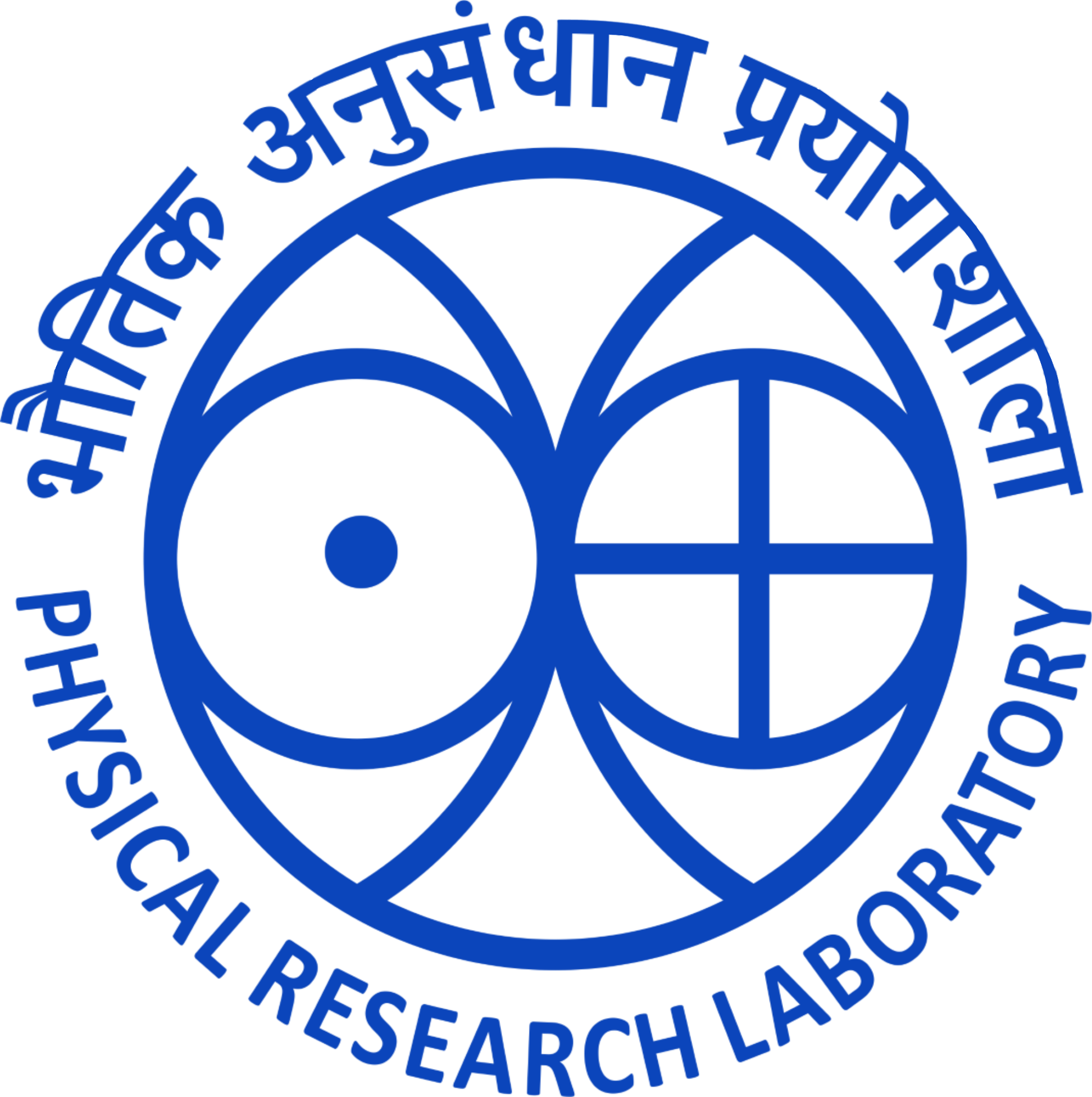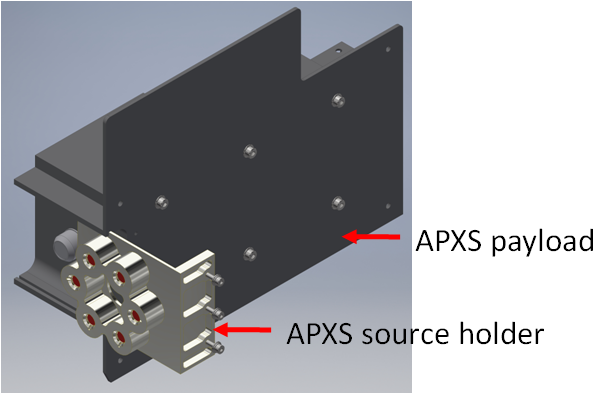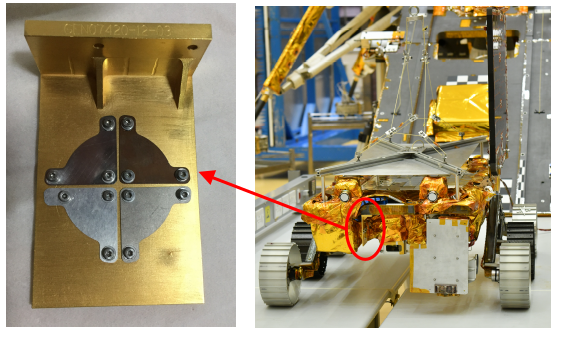


Alpha Particle X-ray Spectrometer (APXS), developed by the Physical Research Laboratory, Ahmedabad, is one of the scientific instruments on the Pragyan rover of the Chandrayaan-3 mission. The primary scientific objective of APXS is to identify and quantify various major and minor elements present in the lunar soil, such as Si, Mg, Al, Fe, Ca, as well as Mn, Cr, Ti, Ni, K, Na, and S, respectively.

The APXS measures the abundance of various elements by measuring what is known as characteristic X-rays, which are like fingerprints of a particular element. When any element is irradiated by high-energy radiation such as X-rays or alpha particles, it emits the characteristic X-rays. Thus, if the lunar soil is irradiated with appropriate radiation with sufficient intensity, then characteristic X-rays are emitted from all the constituent elements. The intensities of these characteristic X-rays are proportional to the abundance or concentration of the respective element. Measuring the energy of these characteristic X-rays helps identify individual elements. If the intensity and energy of the incident radiation are known accurately, then it is also possible to determine the concentration of the elements based on the intensity of their characteristic X-rays.
| Energy Range | 0.8 – 25 keV |
| Detector | Silicon Drift Detector (SDD) |
| Detector Size | 30 mm2, 450 micron thick |
| Cooling | In-built thermo-electric cooler with SDD |
| Detector Operating Temperature | ~ -35° C using inbuilt Peltier |
| Energy Resolution | ~145 eV @ 5.9 Kev |
| Source | 244Cm alpha source |
| Number of Sources and total activity | 6 sources, each with ~ 5 mCi activity (total: ~30 mCi) |
| Calibration target | 4 metal targets (Al, Ti, SS and Cu) |
| Quantization | 12 bits |
The APXS uses a radioactive element, 244Cm, as the source of the irradiating alpha particles and X-rays onto the lunar surface, and a state-of-the-art Silicon Drift Detector (SDD) for measuring the energy and intensity of the characteristic X-rays emitted from the lunar surface. Photographs of the APXS flight model instrument are shown below where the radioactive sources and the detector are marked.


The figure below shows the block diagram of APXS instrument and its interfaces with the Rover. When X-rays are incident on the SDD of APXS, charge proportional to energy of the photon is generated. This charge is collected and the subsequent readout electronics converts it to a semi-Gaussian voltage signal pulse. The peak height of the pulse, proportional to the charge, is digitized and the PHA (Pulse Height Analysis) value of the photon is recorded on board. In order to optimise the utilisation of resources, the back-end electronics responsible for the data acquisition is shared with the rover electronics. PHA values of the photons (correspond to the energy) recorded as packets in the rover storage is downloaded to the ground through lander and are used to generate the spectrum on the ground.

APXS instrument include 30 mCi activity 244Cm radioactive sources. As it is difficult to handle the instrument with radioactive sources permanently attached to it, the source holder assembly is designed as a separate part which can be assembled and removed from the instrument easily, as shown in the image below. During the environmental performance tests and integrated tests with the rover, instead of 244Cm source assembly, a dummy assembly without radioactive elements were used. A low activity Fe-55 source was used to assess the instrument performance. The source assembly with 244Cm was mounted with the instrument for calibration experiments and then removed and stored safely. It was finally assembled with the instrument at SDSC SHAR as the last activity just before closing the lander ramp with the rover.
The source assembly itself includes multi-layer shielding to prevent X-rays from the source directly reaching the detector. The six sources are encapsulated in gold and stainless steel and then enclosed in the holder made of aluminium as shown in the image below. The source holder itself is coated with silver and gold to prevent secondary emissions reaching to the detector. The third image in the below panel shows photograph of the 244Cm source assembly taken through a lead glass.



In active X-ray fluorescence experiments such as APXS, the distance from the irradiating sources and the X-ray detector to the target surface plays a significant role in the signal obtained. The intensity of characteristic X-ray lines decreases as the distance between the target and the instrument increases. A distance above 10 cm may require a long exposure time of a few hours to obtain sufficient signal. As observation time is very precious, especially in a short-duration mission, APXS uses a special deployment mechanism to bring the 244Cm sources and the SDD within about 5-6 cm of the lunar surface so that the measurements can be carried out in a reasonable time of 30-40 minutes. The figure below shows the APXS on the rover in the clean room in ‘stowed’ and ‘deployed’ positions. During rover movements, APXS stays in the stowed position, and for measurements at rover stops, the instrument is deployed so that the sources and detector face the surface.

For the purpose of monitoing the APXS instrument performance, a calibration plate is mounted on the rover in front of the APXS in stowed position as shown in the image below. The calibration plate has four metallic targets of stainless steel, copper, titanium, and aluminium. Before and after every lunar observation, calibration data with the calibration plate are acquired, which is used to monitor if there is any change in the X-ray flux due to any potential contamination.

Aside from the rigorous tests on the instrument to ensure space qualification, detailed calibration experiments were carried out with APXS before launch with standard geochemical samples of known composition. Methods developed with these calibration data allow accurate measurements of the elemental composition of lunar samples observed by APXS. Read more about how to measure abundances using APXS here.